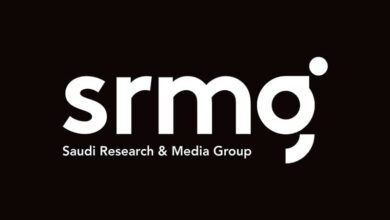Steve Jobs Vision Printed On Glass
Late Steve Jobs’ obsession with perfection and design is world renowned. He had a similar fascination for glass too. His vision was expressed through the flagship Apple store at the midtown Manhattan location on Fifth Avenue with architecturally stunning piece of glass work which has won numerous awards for its breathtaking designs and spectacular visualization.
In 2011 Apple’s late CEO Steve Jobs described their new headquarters with the Cupertino City Council and stated, “It’s got a gorgeous courtyard in the middle, and a lot more. It’s a circle, so it’s curved all the way round. This is not the cheapest way to build something.” He later added, “Every pane of glass in the main building will be curved. It’s pretty cool.”
Sedak, the world’s leading glass fabricator that produces insulating and safety glass has been entrusted the job of executing Jobs’ vision to reality. After trotting around the world to find the perfect company which can bring his vision to life, Apple finalized on Sedak. When Tim Cook, CEO of Apple visited the German Sedak Glass Factory he said, “We searched around the world for someone who could implement Steve’s ideas on glass, and we ended up here because no one else can do it as well as them. The quality and the size of the panes are greater than has ever been implemented worldwide. They are the best in the world.”
The design of Apple’s new Headquarters required massive curved glass panes as high as 60 feet (18 meters). Yet some of the glass required some extra finishing that involved printing the glass in a very special manner. Since sedak did not possess the expertise or equipment to handle this kind of work, they purchased two massive specialized printers from a company called Dip-Tech.
Digital glass printing works in a manner similar to digital paper printing. An image is sent to the printer, which then gets transferred into the glass. Afterwards, the glass is dried and tempered in a tempering furnace. Dip-Tech’s digital printing solution includes special digital ceramic inks the company has developed, made out of nanoparticles of glass and inorganic pigments, with the ink infused into the glass by the end of the process, said the company.





